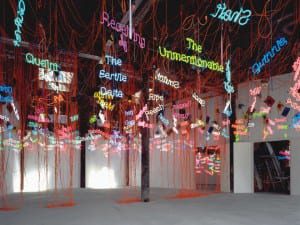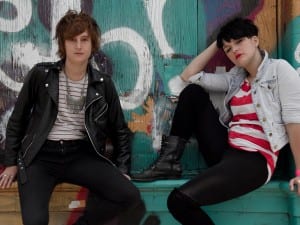The Courtauld’s latest exhibition offers a glimpse into the work of Egon Schiele, who can be viewed in terms of the Expressionist tradition. Expressionism evolved as a reaction to the modern world and in its broadest terms can be seen as an approach to art and literature rather than as a coherent movement. Numerous galleries have focused on this renowned period within art, but this is the first UK show to dedicate itself in its entirety to the works of Schiele.
Although he also worked in oil, the exhibition concentrates solely on Schiele’s drawings and watercolours, with his oil paintings only briefly alluded to. The show offers a concise exploration into the artist’s innovative handling of the nude and his novel treatment of the drawing combined with watercolour as a worthy medium in its own right.
Working in Vienna at the beginning of the 20th century, Schiele’s work must be regarded against a background of both innovation and deviation. Home to progressive thinkers such as Sigmund Freud and Ludwig Wittgenstein, Vienna was a city in which the avant-garde flourished. It was a place of decadence; illustrated by the gold-embellished paintings of Schiele’s mentor Gustav Klimt, but behind the mirrored surfaces lay a debauched reality. Schiele’s works address this binary of excess and depravity in his preoccupation with the theme of both the erotic and death.
His early figures are often emaciated and tinged with a greyish hue, suggesting a sickly demeanour; yet their stances are overtly sexual. This juxtaposition serves to create a sense of uneasiness within the viewer. His distorted poses breakaway from traditional life drawing stances and his frequent exclusion of his models’ faces turns the forms into mere flesh. As his drawings mature they become even more highly sexualised, with his female models characteristically exposing their genitalia. His forms also become more solid and lose their deathly pallor, yet they maintain a sense of anxiety and angst in their awkward poses and angular lines.
Despite his tragically short life, Schiele created an impressive and singular oeuvre. He succeeds in expressing a certain deep-seated sense of alienation that masterfully captures the atmosphere of pre-World War I Vienna.
Egon Schiele: The Radical Nude, until 18 January, The Courtauld Gallery, London.
Rhiannon McGregor
Credits
1. Two Girls Embracing (Friends), 1915. Museum of Fine Arts, Budapest.





